Please read everything! Note this blog for all work for the next week.
Firstly, the personal photo reponses, the ekphrastic writing assignments, are the best this year. They resonate authenticity and sincerity. As well, there is a sophistication of language coupled with mature language style. These are a pleasure to read. Great work.
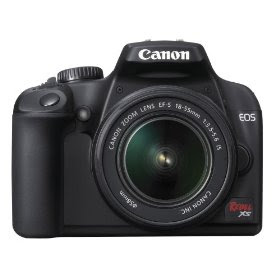
Tomorrow we will be in a classroom looking at how to photograph buildings, landscapes and people. Take your time to read the following information. First is a description of your personal project.
ASSESSMENT PROJECT: Due Thursday 24 March.
You are creating your own photojournalism project. There is no assigned topic, but your images should have a thematic or narrative unity. As well, they should demonstrate you understand the fundamentals of composition. You should have 15 photos. Keep in mind that with the computer, you have some flexibility to improve your images. However, limit this to cropping or simple light adjustments. Be prepared to explain your photos: what were trying to accomplish or even what did not succeed.
NOTE: although you are only showing the class 15 pictures, you may need to take significantly more.
Basic requirements: Your pictures should include at least two varying levels of close-ups and two with people, two interior and two exterior. What is meant by a thematic or narrative unity is that your photos should tell a story or reflect an idea, much like a thesis statement does in your writing. ON THURSDAY MARCH 24, everyone will turn in an outline that will include an introductory statement explaining the purpose of the photos, that is what was your objective. Discuss any obstacles or frustrations your encountered in terms of achieving this objective. These could be limitations posed by your equipment, weather, light or subject. Following the above, please simply list your 15 photos, labelling where and when each was taken and the type of shot. Do not forget that you need at least one interior, one exterior, two varying levels of close ups and two that include people.
WEDNESDAY (today 16 March) in class work. Please read the following. Keep this in mind when taking your own photos, not just for this project, but for whenever you wish to imbed a moment.
What Makes a Great Shot by Andrew Hudson
Photography is the perfect companion to travel. It encourages us - as travelers - to discover an area; it provides tangible memories of the trip; and it is an enjoyable way to express ourselves in art.
A camera is really an excuse to delve deeper into a place than we otherwise would. Looking for a good shot forces us to seek out the unique features and scenic beauty of a location, to explore further, and to interact with our surroundings. When you press the shutter release, you're making a personal connection to the place and it's people. You are there. Photographs preserve the memories of our trip. We can show others the exciting places we've been, the wonderful scenery, and the great people we met. Our minds are triggered by images and reviewing our photographs helps everyone on the trip relive its adventures and misadventures. Taking pictures is also a very accessible artform. With a little thought and effort you can create captivating images of your own creation and interpretation.
The Secret of Photography
Fortunately, taking good photographs has little to do with owning expensive equipment and knowing technical data. The secret is in seeing. Ask yourself: What do I look at, and how do I see it? A good photograph has qualities that display the skill, art, interests, and personality of the photographer.
What Makes A Good Photograph?
A photograph is a message. It conveys a statement ("Here we are in ..."), an impression ("This is what ... looks like"), or an emotion. You are an author trying to convey this message in a clear, concise, and effective way. But how?
Like any message, you first need a subject. This may be your traveling companions, a building, a natural vista, or some abstract form. The subject is the central point of interest and is usually placed in the foreground of the shot (towards the viewer). Now we compose the message by including a second element, a context, which is often the background. The context gives the subject relevance, presence, location, or other interest. It is the combination of the two elements - subject and context, foreground and background - that tells the message.
Just as important as knowing what to include, is knowing what to exclude. Anything that isn't part of the subject or its context is only a distraction, cluttering up the image and diluting the message. So eliminate extraneous surroundings - usually by moving closer to the subject - and make a clear, tidy shot. A painter creates art by addition - adding more paint - whereas a photographer creates art by subtraction - removing unnecessary elements.
The recipe for a good photograph is:
"A foreground, a background, and nothing else."
What Makes A Great Photograph?
A great photograph is piece of art. It captures the spirit of a subject and evokes emotion. Bob Krist calls it "The Spirit of Place." You are an artist that can use subtle tricks to appeal to your viewer's senses. Let's see how.
A picture is a playground, with places for our eyes to wander and investigate, plus spaces for them to rest and relax. When we first see something, we are defensive. Our eyes instinctually find light, bright areas, and look for people, particularly their eyes and mouth. Do we know the people in the picture? What are they feeling, and how does this relate to us? Are they drawing attention to something? If so, do we recognize it (a building, a landmark) and what does it look like? What is this picture about? What is the main subject or objective? How big is the subject? We determine scale by comparing elements to something of known size, such as a person, animal, or car. Once we've checked for people, we turn our attention to more abstract features.
We first notice the subject's color or tone. Firey red, calming blue, natural green, foreboding black. Then we see shape. Soft curves, hard edges, sweeping lines. How the light strikes the subject gives subtle hints as to its three-dimensional form. You, as a photographer, can manipulate this by searching for shades and shadows, shifting intensities of tone and hues. How is the eye drawn into the picture?
Form leads us to texture, how the subject might feel to the touch. Is it soft, is it smooth, hard, or rough? Does it have character and warmth? The way the elements are juxtaposed and affected by the same light, makes us consider their qualities and interrelation. Balance draws our eye from one element to another, investigating their unity, contrast, and detail, each item adding pleasure to the next. What is the relevance of everything?
The overall composition, the proportions of layout, denotes importance of the elements. As the artist, you can decide which features appeals to you, and how best to emphasize them.
The recipe for a great photograph is:
"Consider how the parts interrelate with the whole".
IN CLASS WORK FOR Friday 18 March and Monday 21 March. DUE at the close of class on Monday 21 March. Please send as an attachment.
Next Tuesday and Wednesday 22 /23 March you will have time in class to edit your photos and write up the response due for Thursday 24 March.
You will find 15 images below where you will demonstrate your understanding of photo composition and lighting techniques. In a word document, write a short paragraph for each of the 15 images. Begin with a description of what you see in terms of people, place, time of day. Be very descriptive. Taking your time with this will help you visualize your own photos. Next analyze the photo as to why it works. Note depth of field (what is in focus), use of a fast or slow shutter, fill in flash, shadows, focal points and how movement is captured on a flat plane. This is writing assignment, so take your time. You may use any handouts I gave you.
CHOOSE 10 of the photos only.
1.
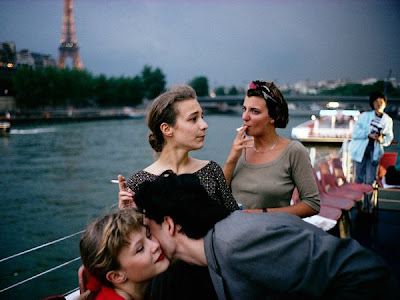
2.
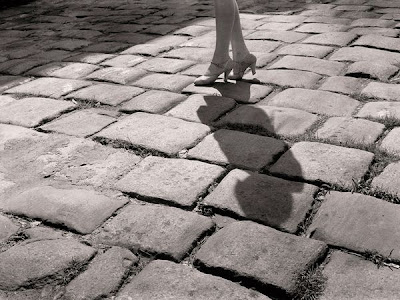
3.
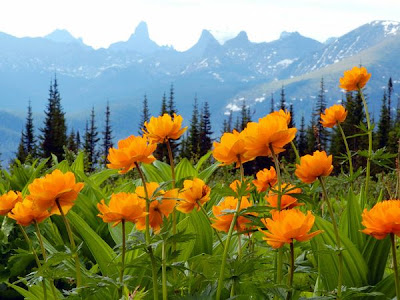
4,
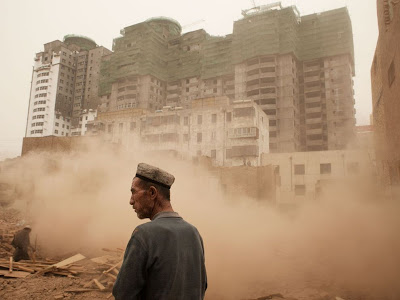













No comments:
Post a Comment